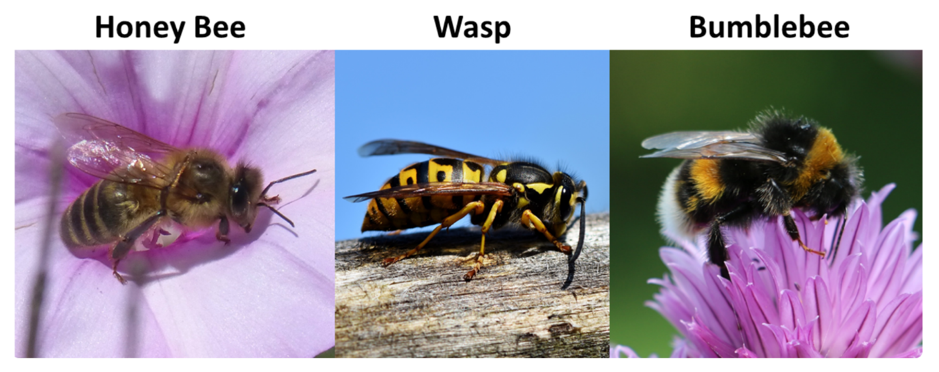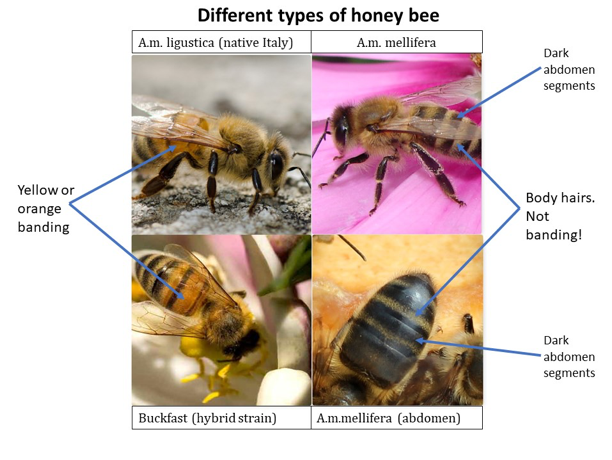-
Courses

Courses
Choosing a course is one of the most important decisions you'll ever make! View our courses and see what our students and lecturers have to say about the courses you are interested in at the links below.
-
University Life

University Life
Each year more than 4,000 choose University of Galway as their University of choice. Find out what life at University of Galway is all about here.
-
About University of Galway

About University of Galway
Since 1845, University of Galway has been sharing the highest quality teaching and research with Ireland and the world. Find out what makes our University so special – from our distinguished history to the latest news and campus developments.
-
Colleges & Schools

Colleges & Schools
University of Galway has earned international recognition as a research-led university with a commitment to top quality teaching across a range of key areas of expertise.
-
Research & Innovation

Research & Innovation
University of Galway’s vibrant research community take on some of the most pressing challenges of our times.
-
Business & Industry

Guiding Breakthrough Research at University of Galway
We explore and facilitate commercial opportunities for the research community at University of Galway, as well as facilitating industry partnership.
-
Alumni & Friends

Alumni & Friends
There are 128,000 University of Galway alumni worldwide. Stay connected to your alumni community! Join our social networks and update your details online.
-
Community Engagement

Community Engagement
At University of Galway, we believe that the best learning takes place when you apply what you learn in a real world context. That's why many of our courses include work placements or community projects.
how to recognise a honey bee

Honey bees are a relatively small bee compared to many bumble bees and carder bees. From a distance they look much less “furry” although they do have many fine hairs, especially on the thorax. The picture below shows only one type of bumble bee for comparison however there are many bumble species and over 90 other types of bee species. For Ireland, there is only one native honey bee, a sub-species called Apis mellifera mellifera or the Northern dark bee.

Honey bees tend to be seen on flowering plants including trees but may also be observed taking up water from shallow pools or spills. Their abdomen can range in colour from very dark brown (almost black) to light orange with various shades and colour banding in between such as in the comparison pictures below. We are interested in colonies of all colour morphs.
It is generally considered that the darker honey bee the is the native form, Apis mellifera mellifera. Lighter coloured honey bees tend to be thought of as either a different introduced sub-species such as Apis mellifera ligustica or a hybrid form between the two types. Wasps, Vespula vulgaris, can also be confused for honey bees however they have conspicuous yellow and black banding as seen in the picture above.















